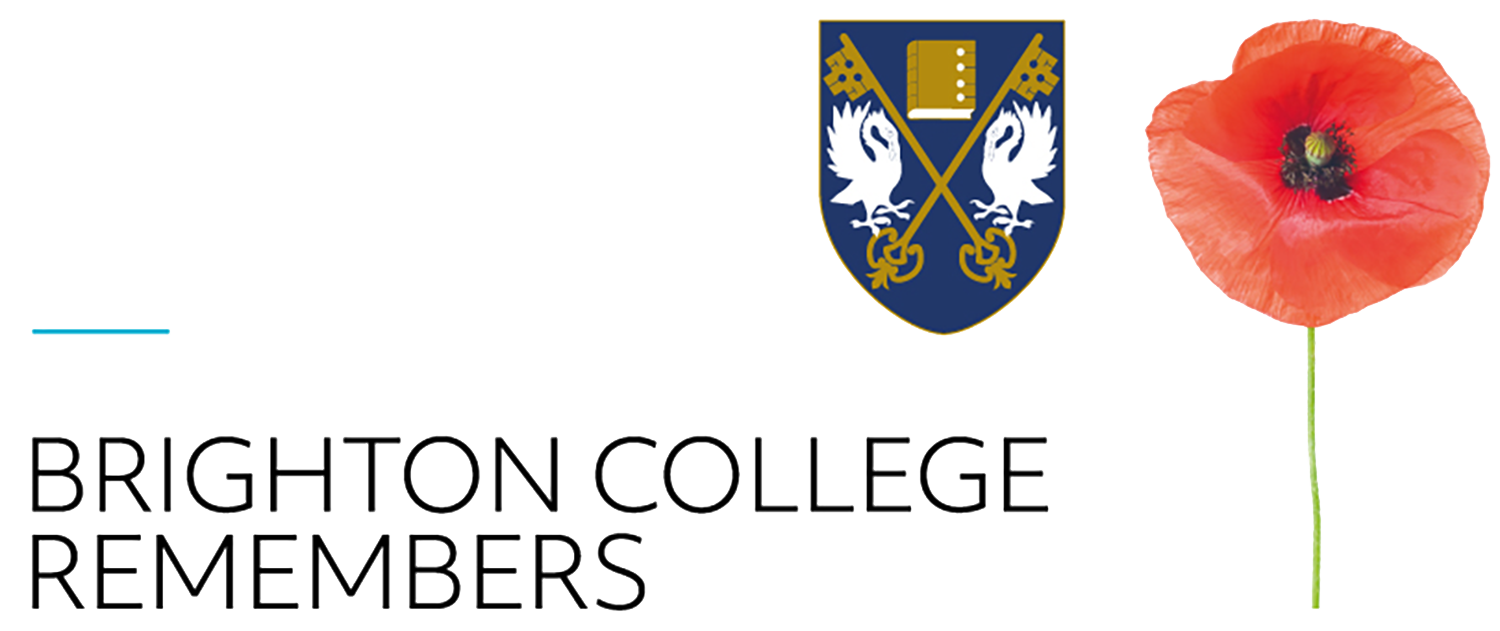Lieutenant, 9th Shropshire Light Infantry
Born: July 22nd 1873
Died: June 28th 1915
Age at Death: 41
Killed in action, Gallipoli, June 28th 1915
Son of E. Dyer of Alton, Hampshire.
A donation to the memorial statue has been made in honour of this soldier by Mike Rees (Du./Br. 1967-72).
They went with songs to the battle – they fell with their faces to the foe. As the stars that shall be bright when we are dust, to the end, they remain.
King’s Shropshire Light Infantry attached to the 1st Battalion Border Regiment originally buried at Geoghegan’s Bluff and reburied in Twelve Tree Copse after the Armistice.
Obituary Brightonian XV July, 1916
Dyer was killed in Gallipoli on June 28th, 1915. He entered Brighton College in 1888, and left in 1890. He served through the Boer War, and had the Queen's and King's medals, the former with five, the latter with two clasps. He was killed leading his men to the capture of a Turkish trench, and is buried in the cemetery with other heroes who fell in the same assault.
Lieutenant Edward Arnold Dyer
E.A. Dyer (known as Arnold) was born on 22nd July 1873. He was one of six children born to Edward Dyer and his wife Annie (née Brinton) of Alton, Hampshire. Although the family owned some land on which they grew hops to supply Alton’s thriving brewing industry it is clear that the main source of family wealth was a building business founded by Dyer’s grandfather Horace which was responsible for, among many other buildings the construction of All Saint’s Church, Alton.
At school Dyer was a member of the 3rd XI but was academically undistinguished. On leaving the school he was articled to a firm of solicitors in London and appears from the 1891 census to have resided in Bigleswade, Bedforshire before moving to South-West London. In 1896 he qualified as a solicitor and some time around 1900 a Partner in the firm Dalbiac, Dyer and Co based in 62 Lincoln’s Inn Fields. In 1905 Dyer married Barbara Simpson a pianist and in 1907 they had a son, Arnold Erskine. The following year Dyer dissolved his London Partnership and the family emigrated to Canada where he again practised as a Lawyer in Calgary, Alberta.
In parallel with his legal career Dyer had a varied and significant part time military career. He joined the HAC in 1894 and following the military training he received there joined the City of London Volunteers in January 1900 to fight in the Boer War. The City of London Volunteers (CIV) was a unit composed of young City office workers who rallied to the Empire’s call following the initial defeats in the Boer War. After 11 months service with the CIV Dyer returned home but then received a commission as a Lieutenant in the Imperial Yeomanry and returned to South Africa, where he took part in several actions during the closing stages of the War during Winter 1901/1902.
Given his military background is unsurprising that despite his age Dyer became a remount officer with the Canadian Expeditionary Force on the outbreak of war in 1914. However, for reasons unclear, he did not stay in the Canadian forces but transferred to the 9th battalion, Shropshire Light Infantry as a Lieutenant in January 1915 and was then attached to the 1st Battalion Border Regiment for the Gallipoli Campaign. After having landed in May 1915 he was involved in the attack on ‘Boomerang Redoubt’ in Gully Ravine, where hitherto the British forces had gained on average a few feet of territory every day since the first landings in April, on June 28 1915. After a fierce but brief bombardment the assault as successful and the redoubt was finally taken but the Border Regiment lost three officers, one of whom was Dyer, and 153 men.
Dyer’s grave is in Twelve Tree Copse Cemetery, Helles, Turkey. He is remembered not only at the school’s war memorial but also on a plaque in St. Lawrence’s Church, Alton, on the Cairn Memorial in Alton and by his profession in the “Record of Service of Solicitors and Articled Clerks with His Majesty’s Forces 1914-1919.”
Source: LEST WE FORGET PROJECT, Brighton College 2014/15

